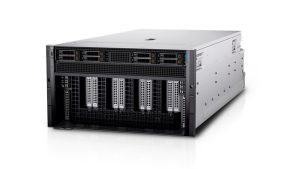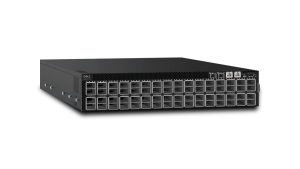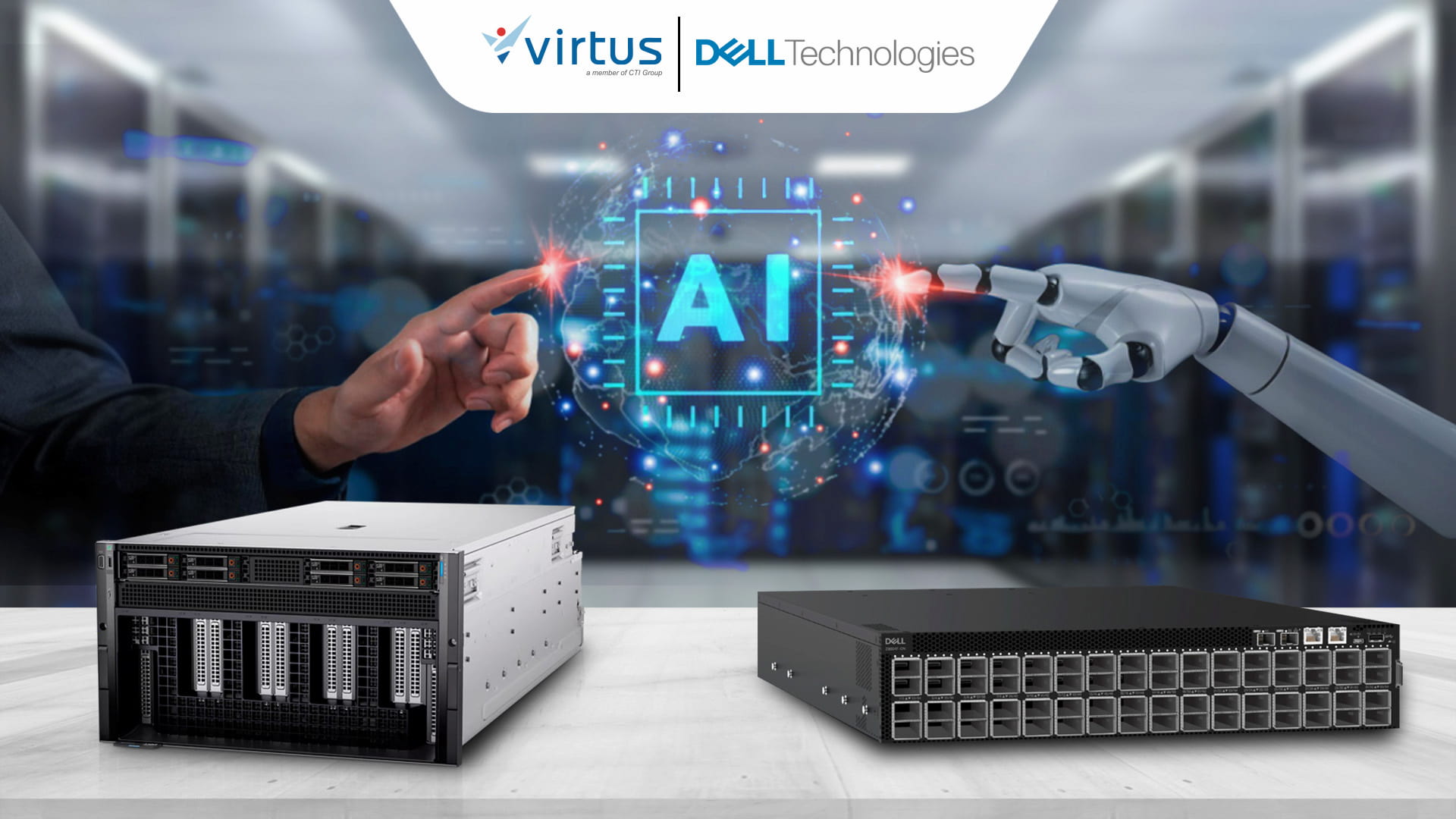Generative AI (GenAI) is transforming the business and technology landscape at a rapid pace. From delivering personalized customer experiences to accelerating research and sparking breakthrough innovations, its potential feels limitless. Yet behind these opportunities lies a significant challenge: the need for immense computing power, seamless GPU connectivity, and networks capable of moving data at unprecedented scale.
So how can these challenges be solved? Read on to uncover the GenAI infrastructure solutions designed to accelerate AI adoption and take businesses to the next level.
The Rising Demands on GenAI Networks
As GenAI adoption expands, the heaviest strain falls on the network. Thousands of GPUs used to train large language models (LLMs) must stay interconnected with massive bandwidth and ultra-low latency. Without this, data flow stalls, GPUs sit idle, and training grinds to a halt. That’s why networking has become the cornerstone of GenAI performance.
The scale of this demand is underscored by market projections. The AI Fabric market is expected to surge from $1.2 billion in 2022 to around $15.2 billion by 2027—an average annual growth rate of about 65%. In that same period, Ethernet is projected to capture roughly 32% of total revenue and 37% of port shipments in AI Fabrics.
These figures make it clear: every leap in GenAI adoption will always be accompanied by an equally massive leap in networking requirements.
Challenges and Requirements in Building GenAI Infrastructure
Deploying GenAI means dealing with immense infrastructure pressure. As models and workloads grow more complex, the demands on compute, storage, and networking rise in tandem. Simply adding more GPUs isn’t enough—the entire system must be engineered to keep data flowing without bottlenecks. This creates not only critical challenges but also essential requirements that must be addressed.
Key challenges include:
- Compute Surge — GenAI workloads demand GPU power at massive scale.
- Network Bottlenecks — GPU-to-GPU communication falters if latency isn’t minimized.
- Data Deluge — Ever-growing data volumes threaten to overwhelm bandwidth.
Critical requirements to overcome them:
- Scalable GPU Capacity — Infrastructure must grow seamlessly with workloads.
- Seamless GPU Connectivity — Ultra-low latency networking to keep training efficient.
- High Throughput — Ensuring smooth, uninterrupted data flow.
- Network Scalability — Supporting growth from hundreds to thousands of nodes.
- Data Security — Comprehensive protection and regulatory compliance.
In the end, it all comes down to the foundation. GenAI can either drive innovation forward or hold it back—depending on how well the infrastructure is built to support it. That’s why Dell Technologies delivers an integrated GenAI infrastructure designed to overcome today’s challenges, meet tomorrow’s demands, and ensure businesses keep moving fast without being slowed by technical roadblocks.
Building the Future of GenAI Infrastructure with Dell Technologies
Dell Technologies delivers integrated infrastructure purpose-built for GenAI. By combining GPU-powered servers with high-capacity Ethernet networking, Dell Technologies creates an ecosystem that accelerates training, ensures stable connectivity, and scales effortlessly as workloads grow.
Dell PowerEdge XE9680: Purpose-Built for AI Workloads

Dell PowerEdge XE9680: Purpose-Built for AI Workloads
The PowerEdge XE9680 is engineered for large-scale AI workloads. It supports up to 8 high-performance GPUs—including NVIDIA HGX H100/H200/H20/H800, AMD Instinct MI300X, and Intel Gaudi3—delivering unparalleled parallel performance for LLMs and the most demanding GenAI tasks.
With PCIe Gen5, up to 32 DDR5 DIMMs (speeds up to 5600 MT/s), and high-throughput NVMe storage options, the XE9680 ensures data flows smoothly without bottlenecks, even under the heaviest workloads.
Dell PowerSwitch Z9864F-ON: Powering GenAI Connectivity

Dell PowerSwitch Z9864F-ON: Powering GenAI Connectivity
On the networking side, the PowerSwitch Z9864F-ON delivers 64 ports of 800GbE in a compact 2U form factor, with breakout options up to 320 ports at 100/200/400GbE. This capacity keeps GPU fabrics responsive even as clusters scale.
Features like Data Center Bridging (PFC, DCBX, RoCEv2, ETS), adaptive routing, and deep observability ensure lossless, low-latency networking—critical for keeping GenAI training and inference running smoothly.
Dell Technologies as the Strategic Foundation for GenAI
Dell Technologies provides infrastructure built not only for today’s GenAI workloads but also for tomorrow’s challenges. With an end-to-end approach that integrates servers, storage, and intelligent networking, Dell ensures enterprises have a rock-solid foundation for continuous innovation.
Beyond performance, this reliability brings strategic advantages: faster AI adoption, minimized downtime risks, and seamless expansion without starting from scratch. GenAI, as a result, becomes more than an experiment—it evolves into a growth engine that accelerates progress and strengthens competitive advantage.
Accelerate Your GenAI Journey with Virtus
As part of the CTI Group, Virtus Technology Indonesia (VTI) brings deep IT expertise to help organizations implement GenAI infrastructure with confidence. By leveraging Dell Technologies’ integrated solutions, Virtus ensures businesses are ready not only for today’s AI demands but also prepared to grow into tomorrow’s opportunities.
Contact the Virtus team today and see how the right GenAI infrastructure can accelerate adoption, spark innovation, and take your business to the next level.
Author: Danurdhara Suluh Prasasta
CTI Group Content Writer





























